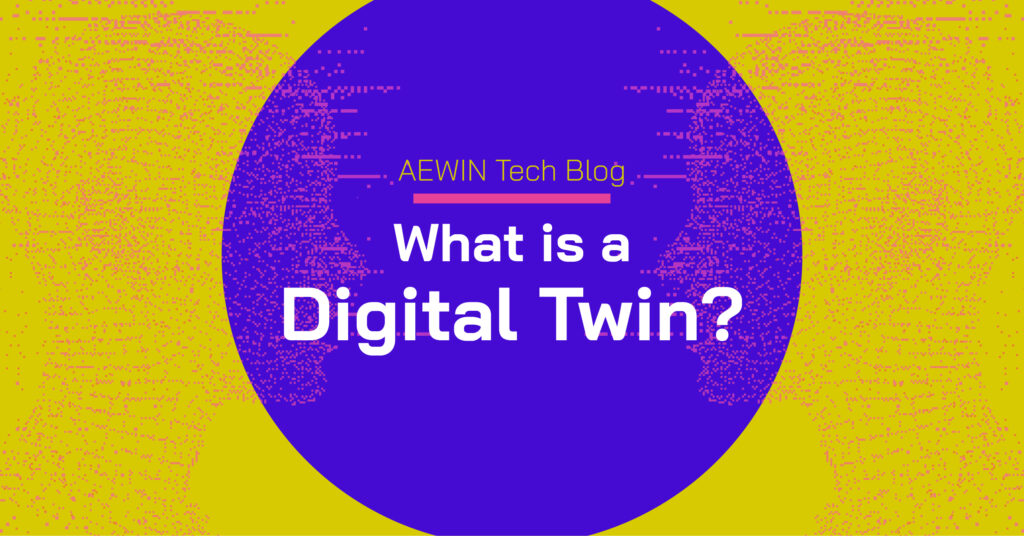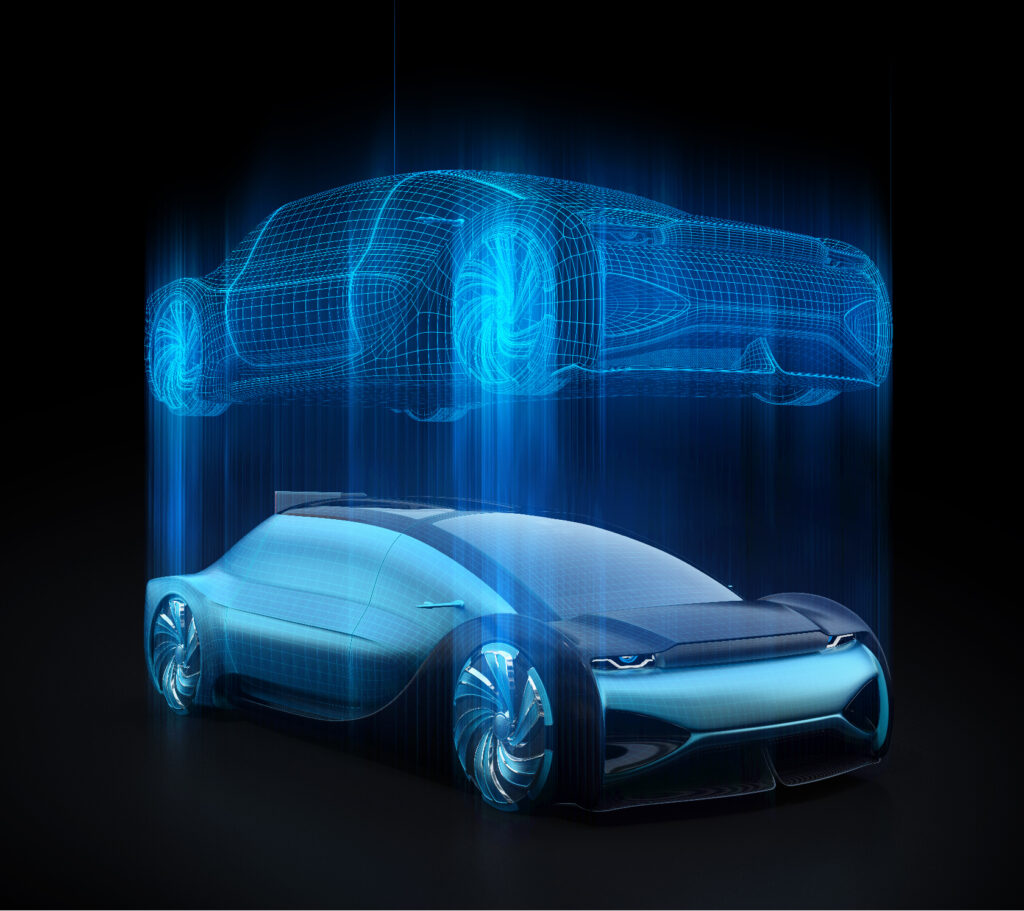
Background
The idea of digital twins was raised up decades ago while it has been rapidly developed these days and more possibilities have been proven in a variety of industries. With the growth and mature of new technologies like IoT, AI, and AR/VR, digital twin technology has become one of the crucial roles in the next wave of digitalization.
What is a digital twin?
A digital twin is a virtual representation of both elements and the dynamics of how an IoT device operates and lives throughout its lifecycle (the design, the build, and the operations). It is not just a copy or a simulation but featuring with the continuous connections between the physical model and the virtual one. There are real-time sensors to constantly transmit information and data. In addition, reaction would be generated based on the analysis and decision-making to optimize and increase the value of the product/procedure/management.
How to build digital twins?
To build digital twins, generating the virtual model is the first step. Next, the virtual perception mechanism needs to set up via the collaboration of IoT and AR/VR devices. As the information is shared in real-time, analysis and prediction can be completed with extraordinary efficiency and accuracy. To adapt the new technologies with solid strategy, the overall value of digital twins can be enlarged.
How digital twins benefit our lives?
Based on the features of digital twins, numerous applications in various industries have been carried forward. Below are some of the representatives to show the capabilities and the potential of digital twins.
-Manufacturing
Each step of the production monitored can be synchronized with digital twins in real-time. With the adjustment per analysis, digital twins implement precision manufacturing. It can not only help to improve the overall productivity by tracking and controlling the systems digitally with higher efficiency, but also reduce the duration of development or further optimize the procedure with predictive analytics/process automation. From design to finished product, high yield/quality, better maintenance, and lower cost can be achieved with digital twins.
-Automobile
Creating a virtual model of a vehicle, the behavioral and operational data can be captured to analyze the overall vehicle performance for advanced user experience. It helps to accelerate the evolution of autonomous driving. In the past years, setting up a zone for autopilot testing is time-consuming and require intensive investment. With digital twins, testing the capability of self-driving in the virtual world can lower TCO and make the program more secure. With diverse sensors connected, real-time transmission makes it nearly the same as real world to mimic the vehicle’s auto-driving for better product development with reduced cost and time.

-Medicine
Regarding small scale of specific material, chemical reaction, or interaction between drugs, digital twins can not only benefit medical research, but also help with clinical treatment. In new drug development, adopting digital twins can improve the design and make verification test more efficient to generate effective medicine in a shorter period. As for optimizing the drug dosage for individual, personalized prediction can be generated by digital twins with intelligent analysis of patients’ characteristics such as age, lifestyle, medical historical records, DNA, etc. Moreover, real-time calibration can help to ensure digital twin accuracy.
-Smart City
Digital twin technology is not limited to small/medium scale, larger scale like smart city can also be accomplished. With the tremendous amount of data collected from various sensors and intelligent devices, digital twins can bring about insights and predictions for enhanced management of the resources to raise overall quality of life. It not only includes outstanding convenience with smart traffic/intelligent parking system, but also the sustainability with the efficient management of energy/ resources through AIoT to better maintain the environment.

Conclusion
Along with the advancement of the new technologies of IoT, AI, and VR, digital twins grow to the market and has more and more valuable applications. Generating precise virtual representations with dynamic data inputs for real-time simulation, digital twins offer predictive analytics and automation to help various industries reduce TCO, make extraordinary productivity, realize advanced management/maintenance, and build a better life with innovative ones.
To experience digital twin technology, you would require a reliable Edge AI Server with high performance and scalability to process the real-time computing with the flexibility to expand to further function per use cases. AEWIN provide the exact hardware you need, please don’t hesitate to contact our friendly sales for more information.
– SCB-1932C: Dual Intel 3rd Gen Xeon SP 2U platform with 2x GbE, 4x PCIe slots for NICs, and 2x PCIe slots for dual-width GPU/FPGA.
– SCB-1937C: Dual AMD EPYC 7000 series 2U platform with 2x GbE and 4x PCIe slots for NICs, 4x PCIe slots for NICs, and 2x PCIe slots for dual-width GPU/FPGA.
– BIS-3101: Desktop Workstation with Intel 8th/9th Core i CPU and PCIe slot for dual width GPU/FPGA.